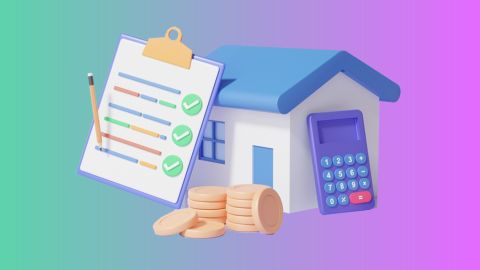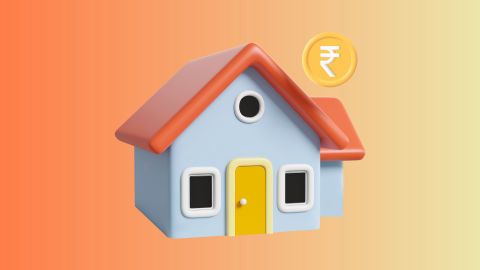Understanding the details of a property's layout is crucial for architects, builders, and property owners. A measured building survey is a comprehensive survey that provides precise data on a building's dimensions, layout, and structural features. This survey helps in renovation, restoration, and property management projects. Whether you plan to buy, sell, or develop a property, a measured building survey can save time and avoid costly mistakes. If you need to finance such property-related expenses, Bajaj Finance offers Loan Against Property, which provides attractive interest rates, flexible tenures, and easy application processes.
What is a Measured Building Survey?
A measured building survey involves the detailed measurement of a building's structure, capturing every aspect, such as walls, windows, doors, and ceilings. This survey uses advanced equipment and techniques to produce accurate floor plans, elevations, cross-sections, and 3D models. Property developers and homeowners widely use these surveys to assess a building's condition, plan renovations, or prepare for construction. The data from a measured building survey is also crucial for legal documentation and compliance with local regulations, including
property tax considerations.
Benefits of Measured Building Surveys
Measured building surveys offer several advantages:
- Accurate property assessment: Provides precise dimensions and layouts of a building.
- Facilitates renovations: Assists architects and builders in planning renovations without errors.
- Compliance assurance: Ensures that the building meets local regulatory requirements.
- Reduces risk: Minimises the chances of costly mistakes during construction or renovation.
- Useful for legal documentation: Provides verified data necessary for legal and property tax purposes.
- Improves property management: Helps in efficiently managing space for residential or commercial purposes.
Techniques and Methods Used in Measured Building Surveys
Measured building surveys use various methods, ranging from traditional tape measures to advanced laser scanning and photogrammetry. Laser scanning is popular due to its ability to capture precise data points quickly and create 3D models. Another technique is the use of total stations, which provide highly accurate measurements of distance, angles, and elevations. For more complex surveys, drones and 3D laser scanners are employed to capture hard-to-reach areas. Understanding these methods helps in deciding the most appropriate technique for your specific requirements.
Applications of Measured Building Surveys
Measured building surveys are essential for various applications:
- Renovation and restoration projects: Accurate data is crucial for modifying or restoring old structures.
- Real estate transactions: Provides potential buyers with precise information about the property.
- Property management: Helps in efficiently managing space, especially in commercial properties.
- Legal and compliance requirements: Ensures that all construction meets regulatory standards.
- Architectural planning: Assists architects in creating detailed plans and designs.
These surveys are also vital when assessing property tax liabilities and ensuring compliance with local laws.
Comparison: Measured Building Surveys vs. Other Survey Types
While measured building surveys focus on the building's structural details, other surveys like topographical surveys concentrate on the land's natural features. Measured building surveys provide more detailed information about the building's interiors and exteriors, making them ideal for renovation and space planning. On the other hand, land surveys are more suited for boundary identification and land development.
Tools and Technologies for Measured Building Surveys
Modern measured building surveys use cutting-edge tools and technologies. Laser scanners, drones, and 3D modelling software are common tools that help capture accurate data. Drones provide an aerial view and can access hard-to-reach areas, while 3D modelling software offers a visual representation of the survey data, allowing for better planning and decision-making.
Cost Implications and Budgeting for Measured Building Surveys
The cost of a measured building survey can vary depending on the building size, complexity, and the methods used. Advanced techniques like laser scanning or drone surveys might be more expensive but provide highly accurate results. Therefore, it is essential to budget carefully and consider financing options. Bajaj Finserv Loan Against Property can help cover the costs of a measured building survey, offering competitive interest rates and flexible repayment options. By leveraging this financial tool, you can manage both survey costs and other property-related expenses effectively.
Conclusion
A measured building survey is an invaluable tool for property owners, architects, and developers. It provides precise and comprehensive data crucial for renovation, legal compliance, and effective property management. By understanding the methods, applications, and costs involved, you can make an informed decision about whether this type of survey suits your needs. If financing is a concern, Bajaj Finserv
Loan Against Property can provide a reliable solution to cover these costs and more.




